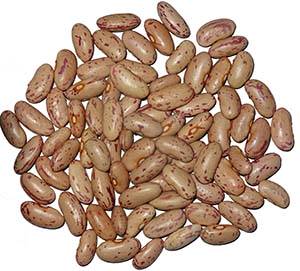Since 2014, I have been tracking my monthly income and expenses. You can see a breakdown of every penny I earn and spend. For perspective, this budget is for a household of two in a small US city. By documenting my journey, I aim to demonstrate the feasibility of saving a significant portion of your income and provide some ideas and inspiration for your own budget.
Below are my income and expenses for November 2018. You can see all my monthly budgets here.
-->Below are my income and expenses for November 2018. You can see all my monthly budgets here.
Wages remain my primary source of income by far, although dividend income is now more than enough to live on.
Here is a chart of my dividend income by month for the past 13 months:
Total dividends for the trailing twelve months: $18,050.37, up 15.55% from a year ago.
Here is chart of my dividend income by month and year since inception of the blog in 2014:
Expense
Tax remains my top expense by far. Since tax is proportional to my earned income, there is nothing I could do about that. Tax will go way down once I retire.
After-tax expenses came in at $218.24, back to the (new) norm for me.
Food expense was $68.50 this month, which is typical for me. I keep food costs low by buying mainly beans (protein), oatmeal (carbs), and peanuts (fat). I find dry pinto beans, which I buy at my local Walmart for $5.84 for an 8-lb bag, to be as close to the ideal food as possible. It is cheap, costing me only 6 cents per serving (1 serving = 1/2 cup of cooked beans = 1/12th pound of dry beans). It is an excellent source of protein, fiber, and iron, among many other micronutrients. Cheap and healthy, and delicious too! What more can one ask? The bean institute has a lot more information on the benefits of beans if I have inspired you enough to give it a try!


$18.79 for electric bill is near rock bottom for me. The $19.25 for water bill includes a mandatory garbage collection fee from the city and 0 CCF usage, which is rock bottom. I shower at work and abide by the adage "if it's yellow, let it mellow; if it's brown, flush it down."
I spent $13.34 to fill my gas tank at $2.319/gal, which I thought was pretty low, but then prices promptly dropped to $2.079 in just 2 weeks, making me want to shoot myself in the foot. I could have used that extra $1.38.
I had no discretionary spending this month, which kept overall expenses low.
I was pressured to donate $40 to office Thanksgiving party to my manager, which is seriously a ripoff because judging by the food she bought it appears she spent like only 20-40% of the total amount she collected. The pressure to donate money at work is certainly one thing I will not miss when I retire early.
I paid $20 to county tax commissioner for annual tag renewal for the privilege of continuing being able to drive.
Total after tax expenses for the trailing twelve months: $6356.43, down 35.80% from a year ago. This marks ten straight months of decreases in ttm expenses. I expect this downtrend will continue as my housing expense went down and I continue to find ways to cut costs. It will probably bottom out around $4-5k, which is my currently projected annual expense.
Dividend to expense coverage ratio = 2.84, a new high!
The chart below shows my TTM dividend (red line) versus TTM expense (blue line) since I started tracking in 2014. One is financially independent when the the dividend (red) line exceeds the expense (blue) line, which happened around June 2015 for me. Given that my expenses have gone down significantly, dividends have become too much of a good thing now. Any excess dividends above the amount needed for expenses incurs excess taxes and becomes a drag on my returns. I think an ideal dividend to expense coverage ratio is around 1.5, which allows room for error without incurring too much tax liabilities. I project my overall expenses will bottom at approximately $5,000 annually, so that $7500 annual dividends would be plenty. I am currently in the process of turning over my portfolio to replace high dividend stocks with zeros to bring this ratio down to ideal. My currently projected annual dividends is in excess of $20,000, so I have a long way to go.
Savings
Thanks for reading!
No comments:
Post a Comment